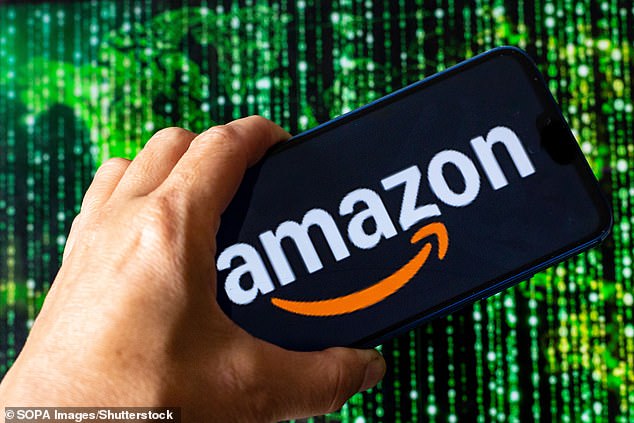
Amazon Alerts 200 Million Prime Users to Critical Scam Targeting Accounts
Amazon Warns Prime Users of Sophisticated Phishing Scams
Amazon has issued urgent warnings to Prime subscribers about a surge in phishing scams, where fraudsters impersonate the company to steal passwords and payment details. These scams spiked during and after Amazon’s July Prime Day sales event, targeting the platform’s 200 million members.
How the Scams Work
Scammers send fake emails claiming users’ Prime memberships will renew at a higher rate unless canceled immediately. Clicking the “cancel” link redirects victims to convincing phishing pages mimicking Amazon’s login screen. Once credentials are entered, criminals access accounts to exploit saved credit cards.

Fake emails and calls surged around Prime Day, using urgent messages to trick users.
Phone scams are also on the rise. Fraudsters call victims, alleging unauthorized purchases (e.g., an iPhone) and request login details to “resolve” the issue. One user reported, “Someone claimed I bought something I didn’t and asked for my account info to fix it.”
Amazon’s Countermeasures
Amazon has already removed 55,000 phishing websites and 12,000 scam phone numbers in 2024. However, criminals adapt quickly, using stolen personal data (names, addresses) from the dark web to craft believable messages. Cybersecurity firm Malwarebytes identified fake domains like amazon.digital—nearly identical to Amazon’s legitimate site.

Scammers replicate Amazon’s login pages to harvest sensitive data.
How to Protect Yourself
Amazon’s blog outlines critical steps to avoid scams:
- Avoid Suspicious Links: Never click email or text links about account issues. Navigate directly to Amazon’s site/app to check your Prime status.
- Verify Messages: Legitimate Amazon communications appear in your account’s Message Center (Your Account > Message Center).
- Enable Two-Step Verification: Add an extra security layer via Login & Security settings or amazon.com/2SV.
- Monitor Accounts: Regularly review bank statements and Amazon order history for unauthorized charges.
- Beware of Urgency: Amazon won’t demand immediate payment or gift cards over calls/emails.
- Report Scams: Forward suspicious emails to Amazon at amazon.com/reportascam.
Rising Threats
During Prime Day 2024, Amazon tracked an 80% increase in U.S. impersonation scams. Globally, 94% of such scams occur via email, texts, or calls, with two-thirds involving fake account issues.
Amazon collaborates with the Better Business Bureau’s Scam Tracker tool to help users verify and report scams. The company also employs teams of fraud experts and AI systems to combat threats.

Stolen credentials allow scammers to make purchases using saved payment methods.
Final Tips
- Only shop through Amazon’s official app/website.
- Never share passwords or payment details over calls.
- If targeted, change passwords immediately and contact your bank.
Amazon emphasizes vigilance: “No one is immune, but knowing the signs can prevent harm.” Stay alert to protect your data and finances from evolving scams.


